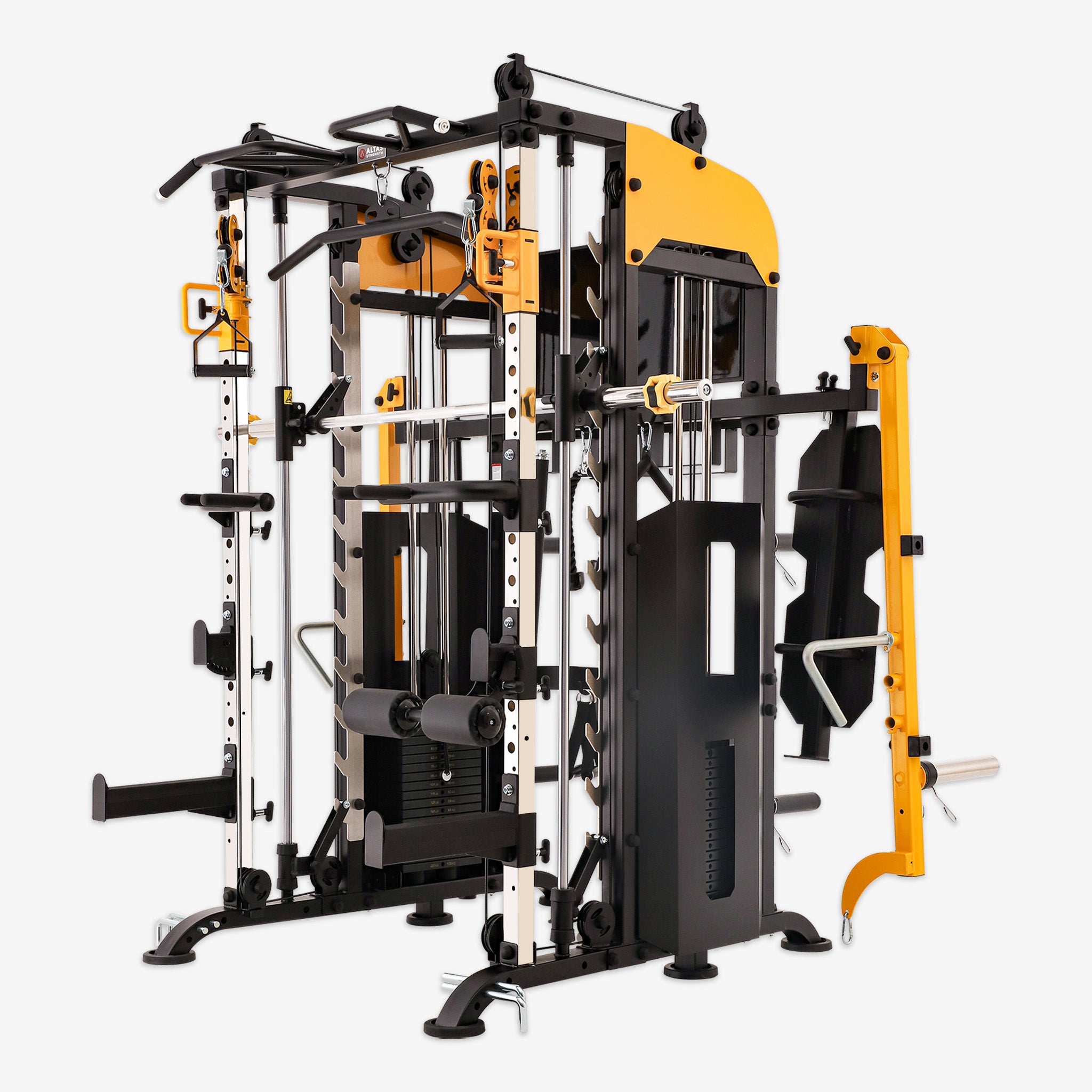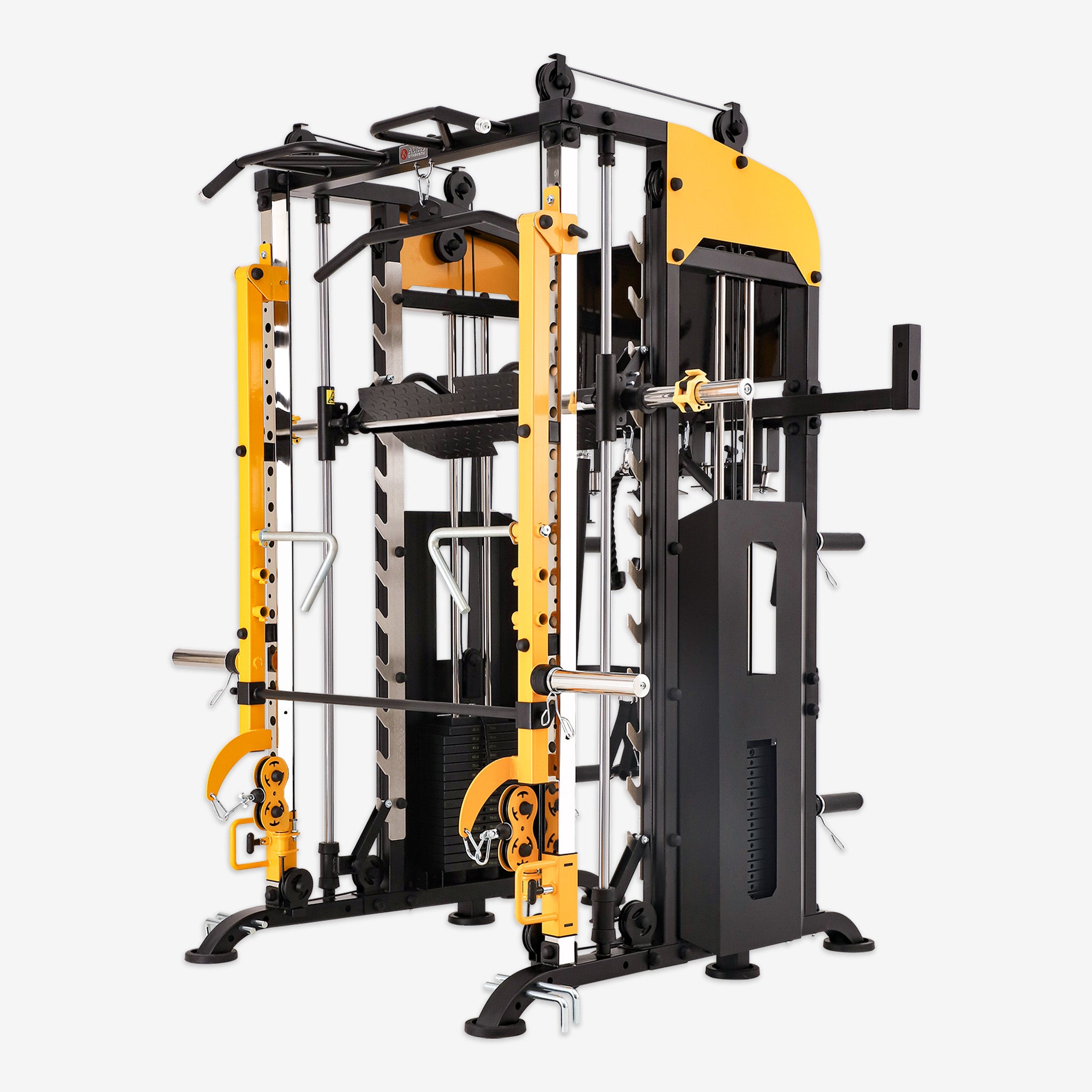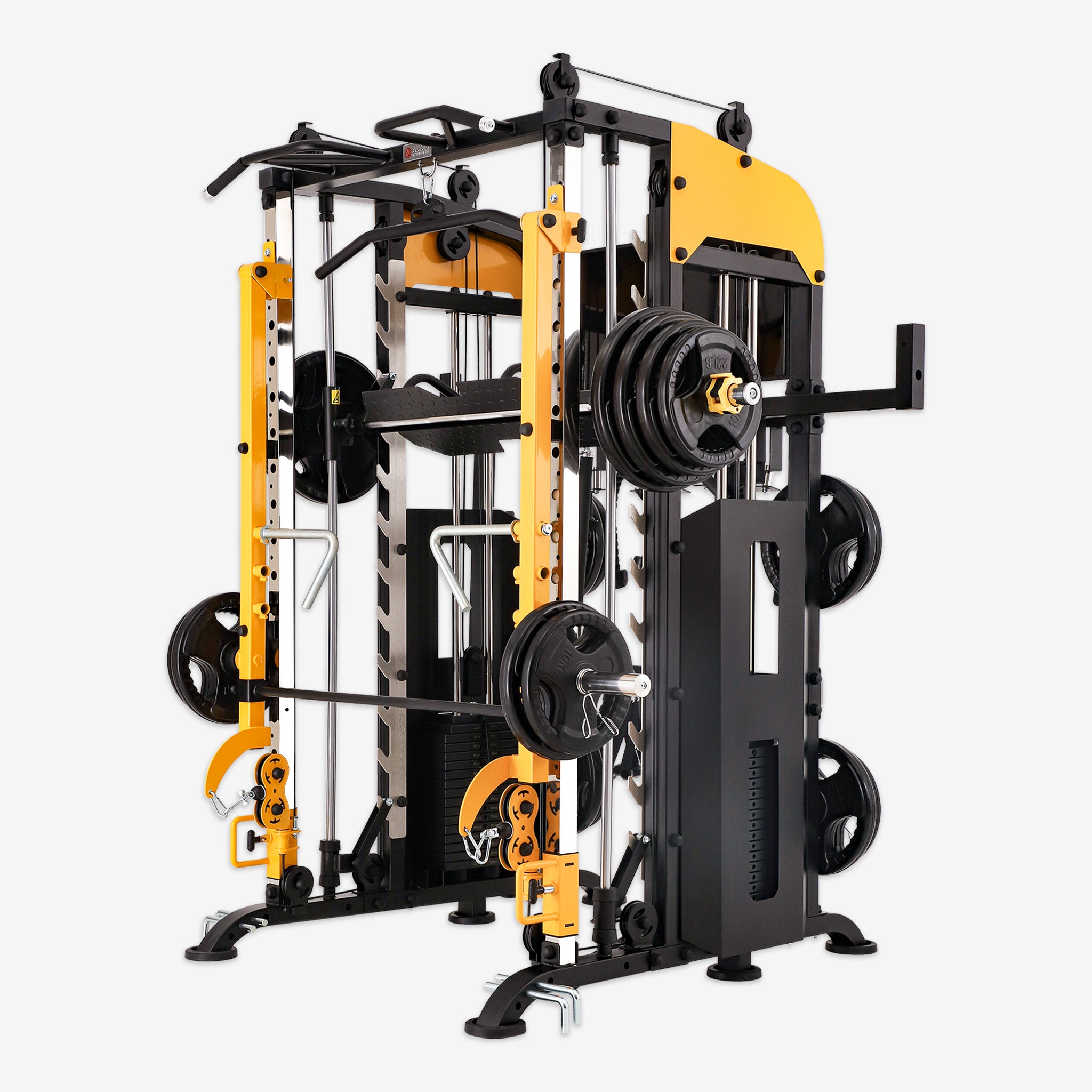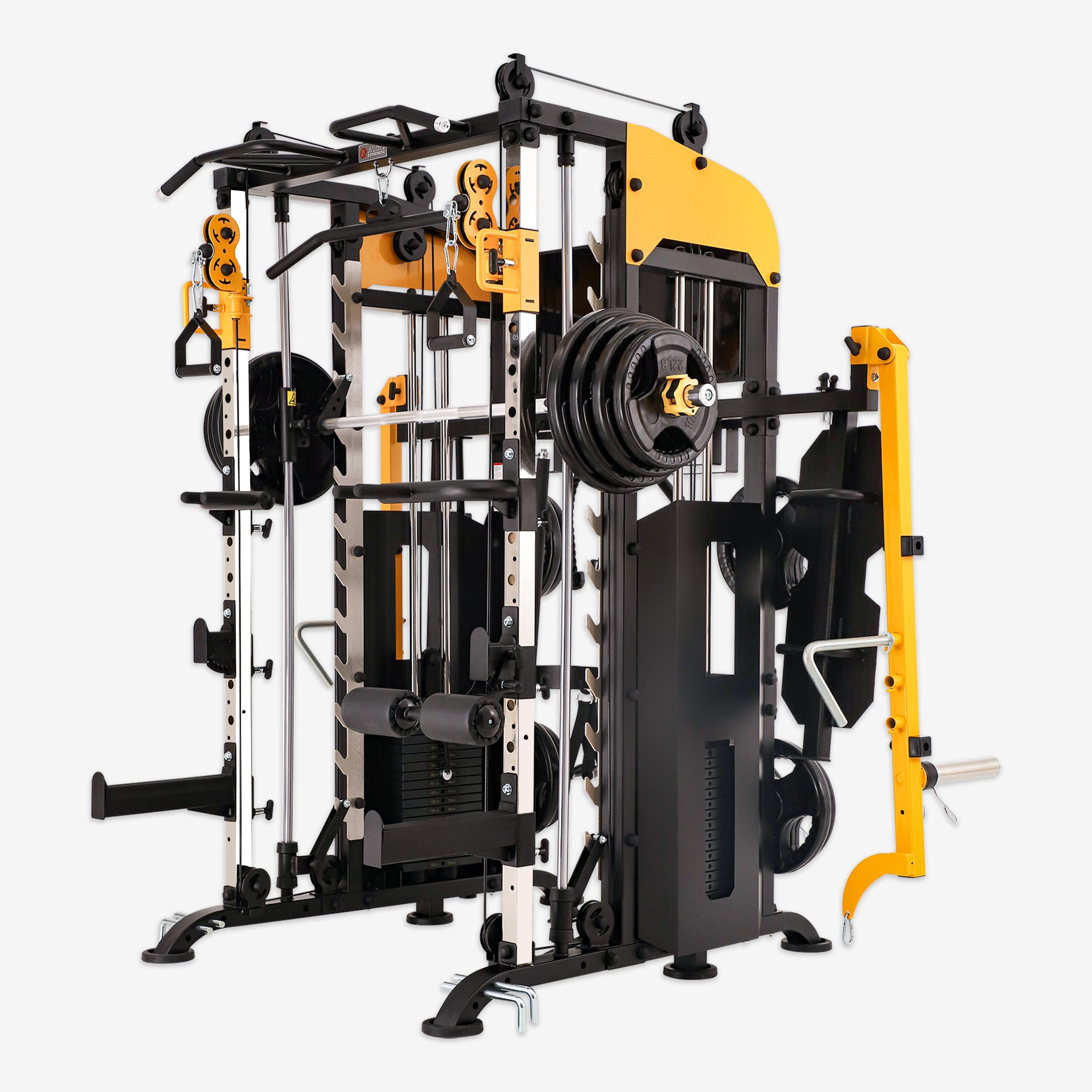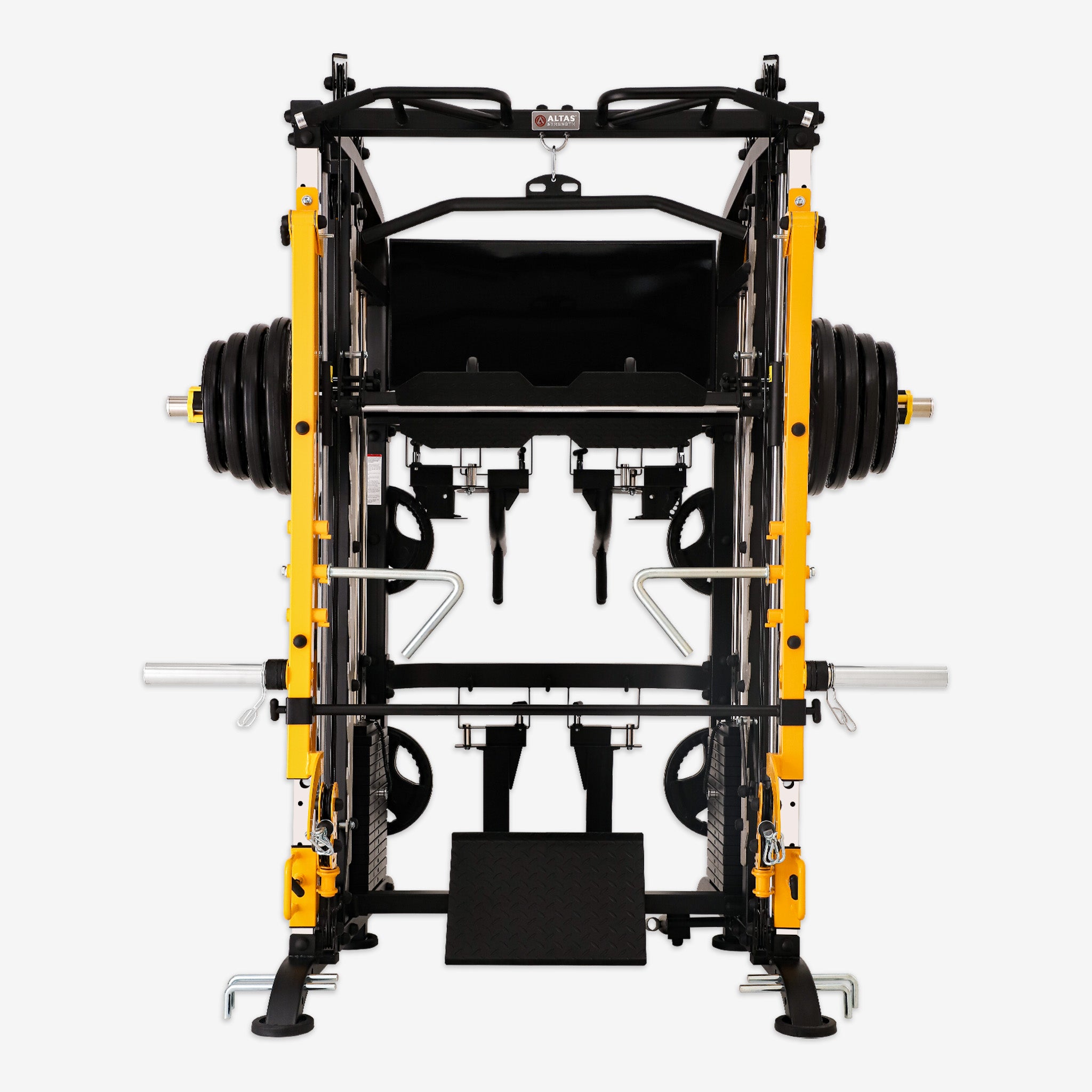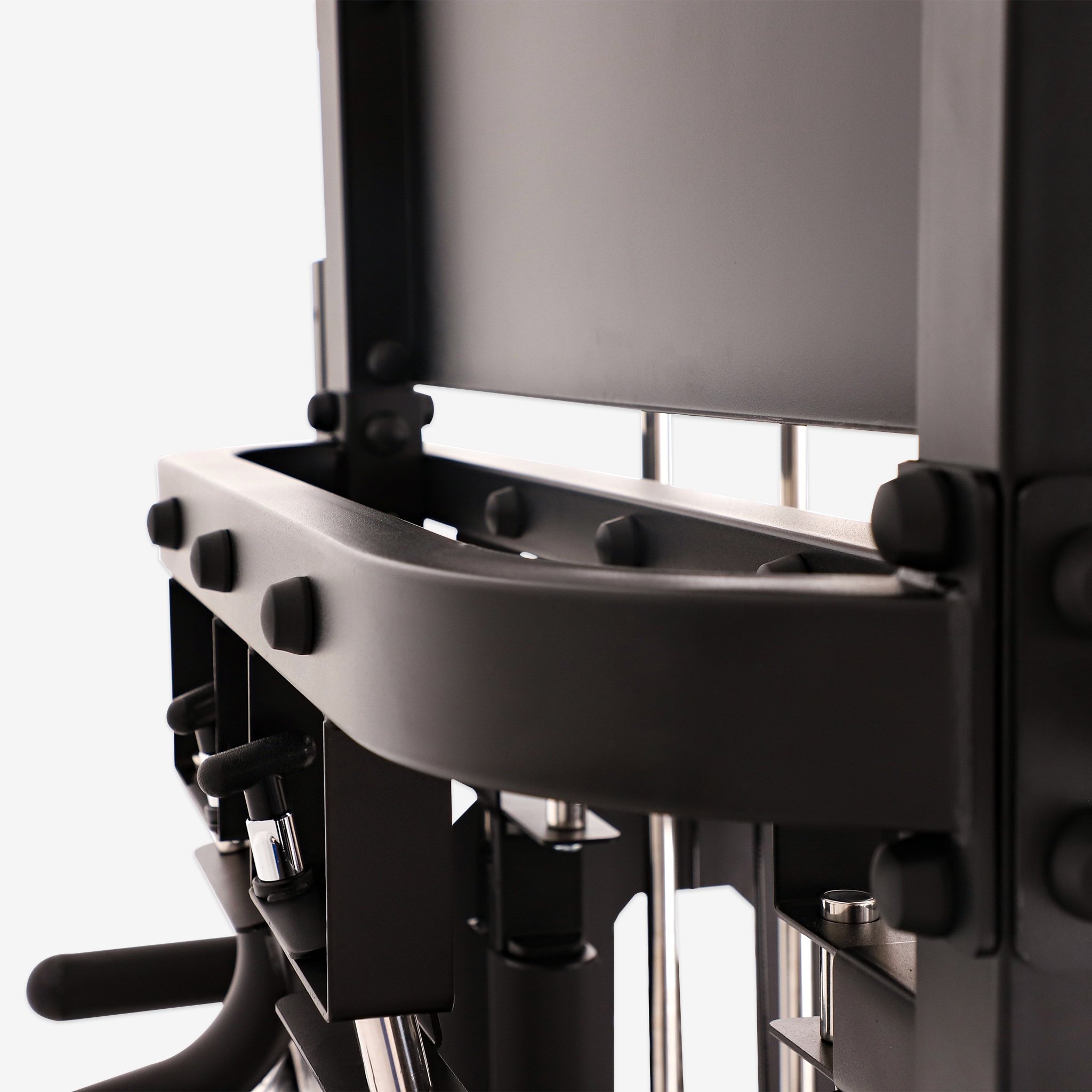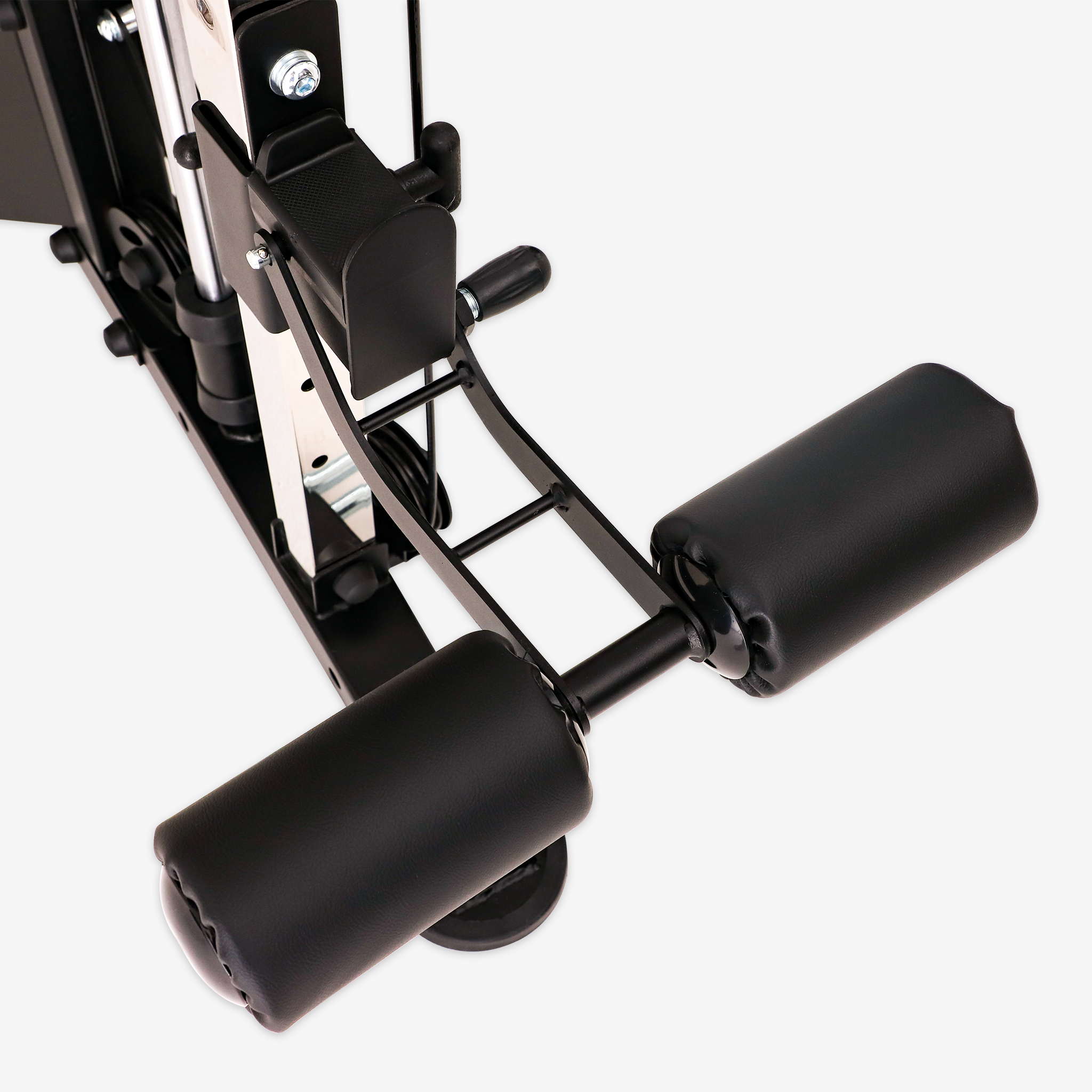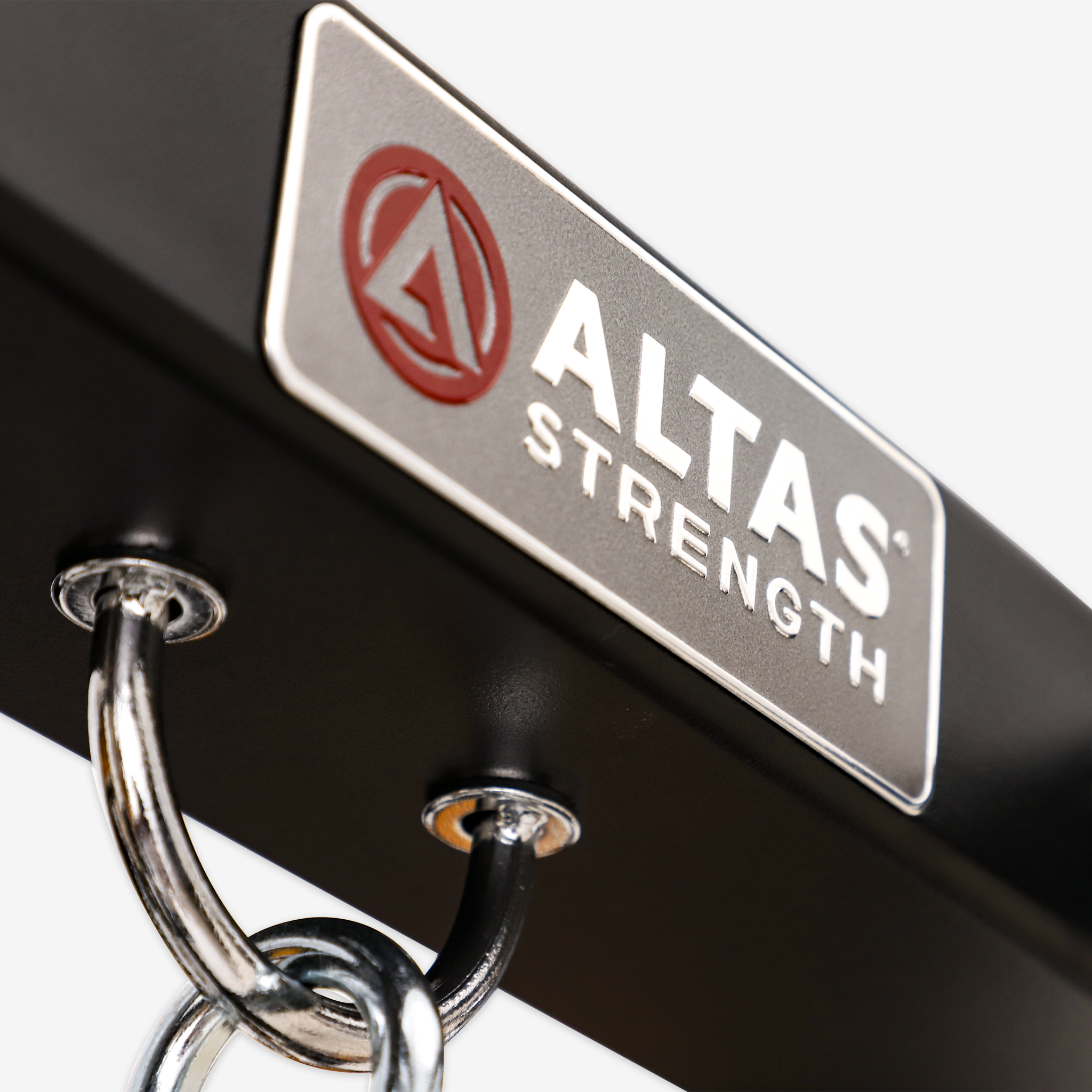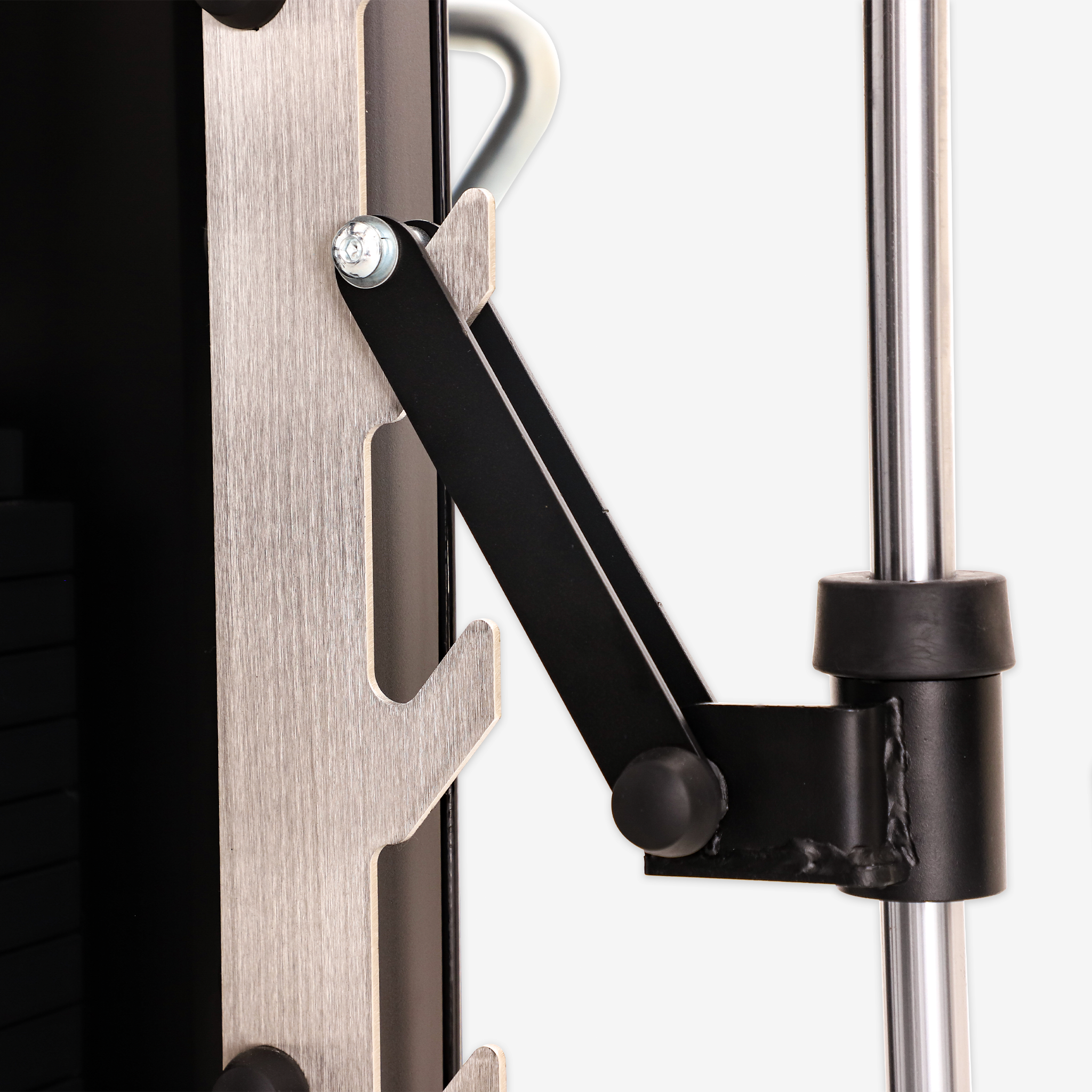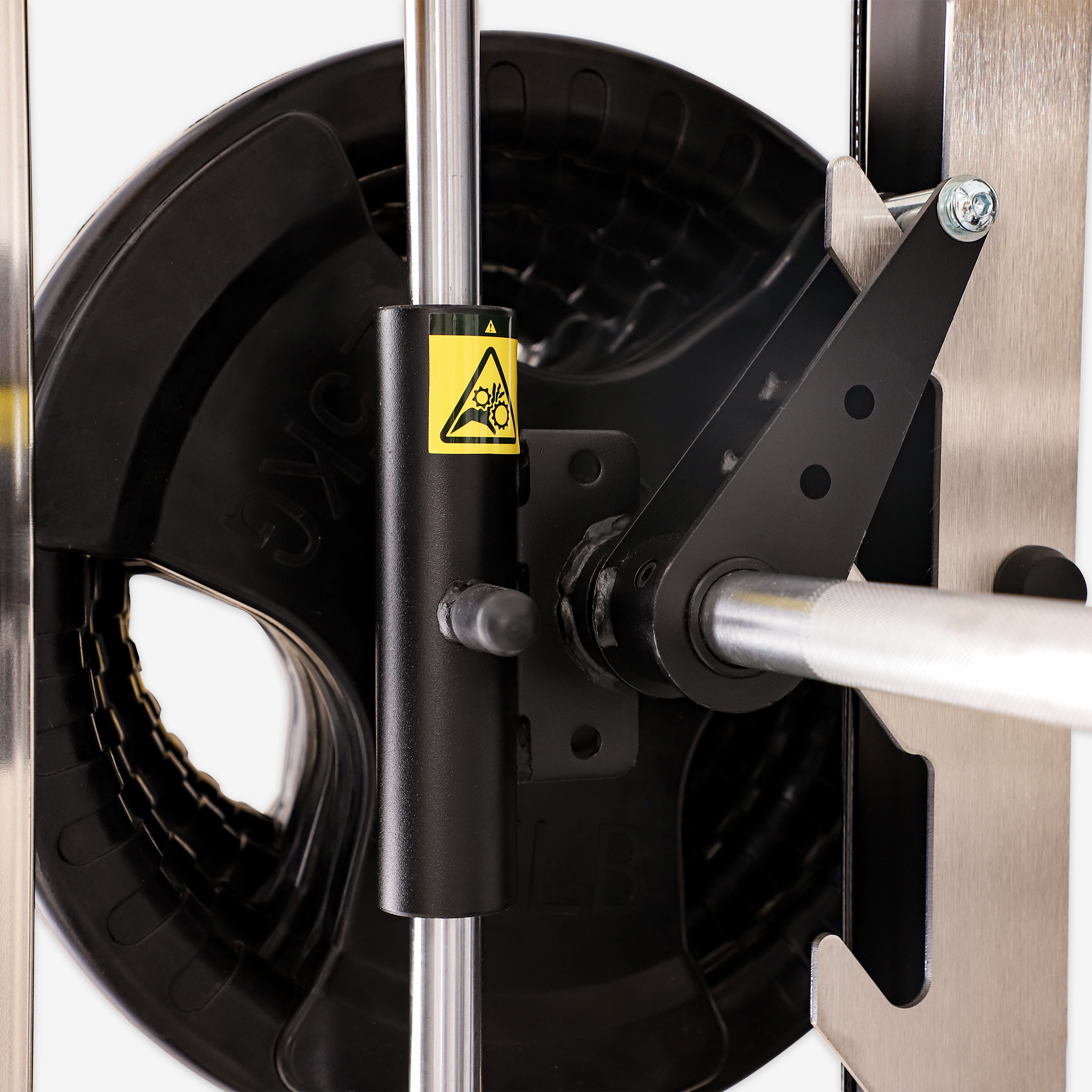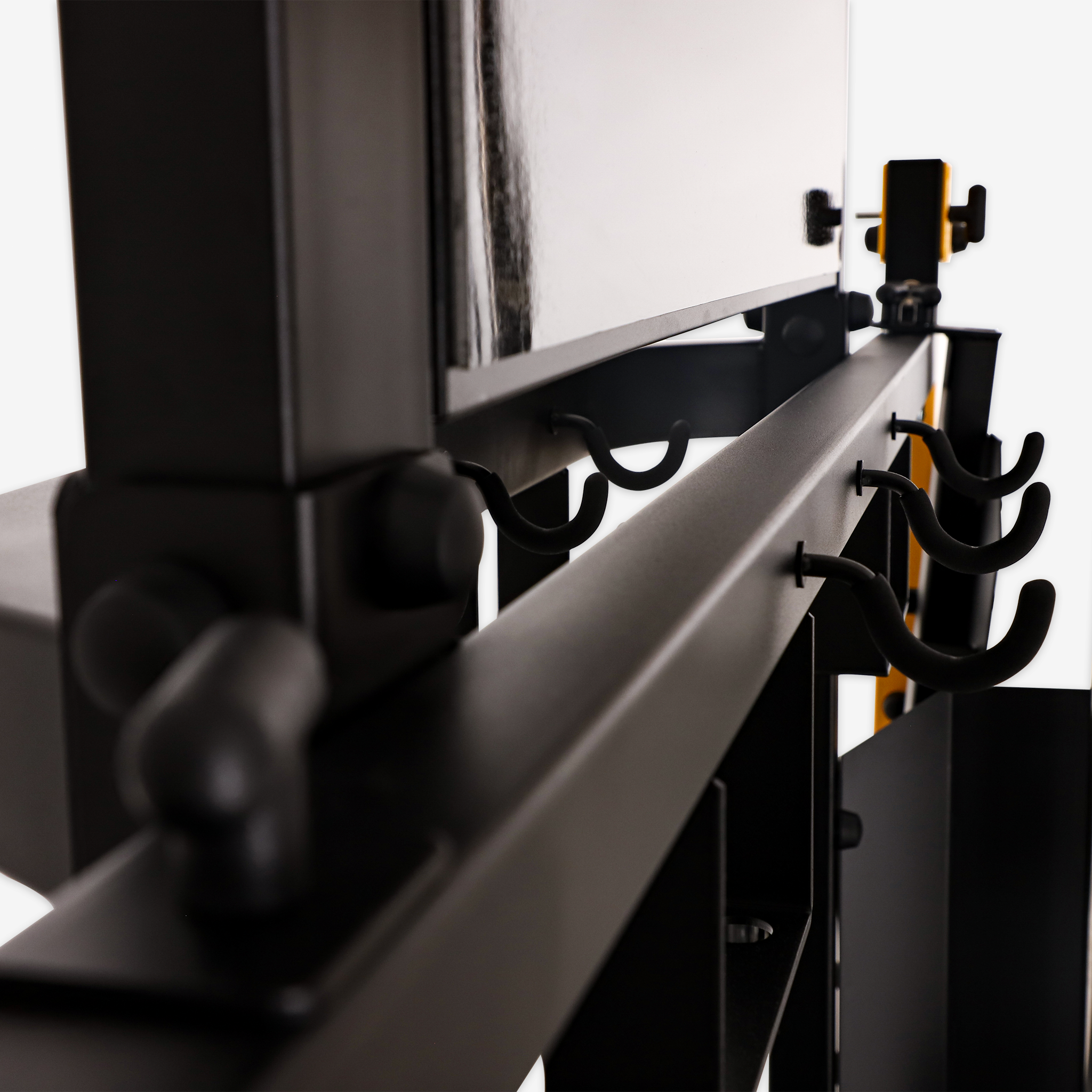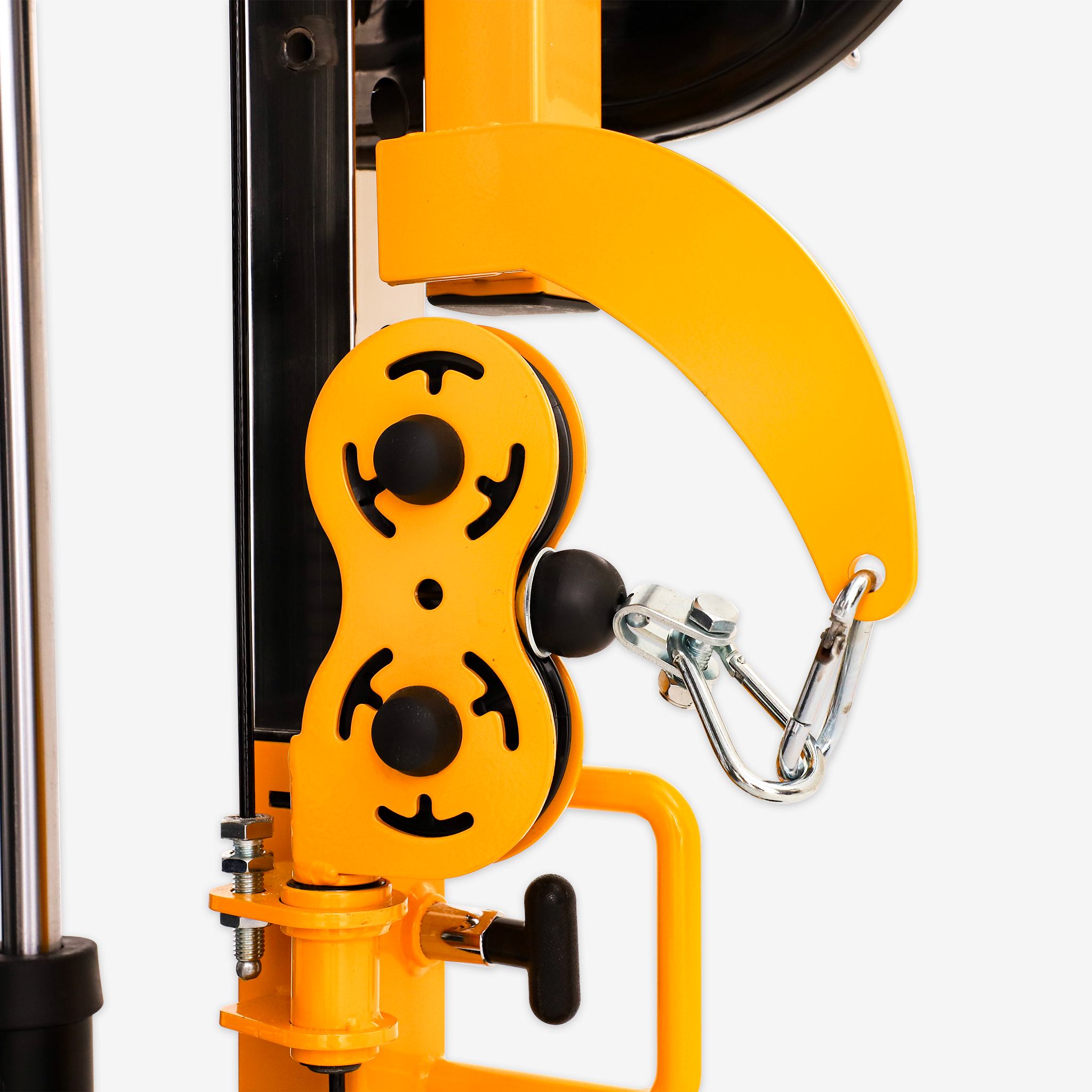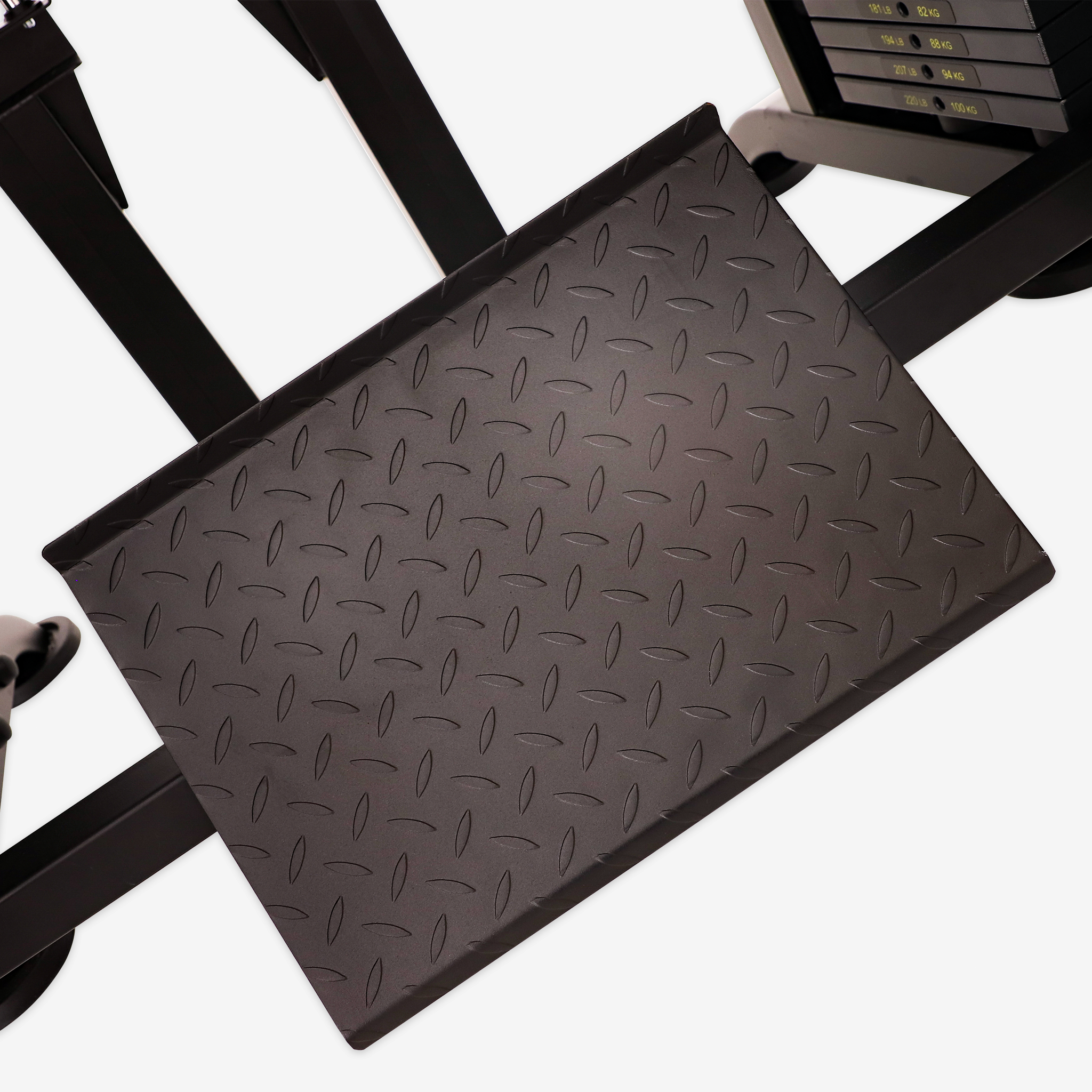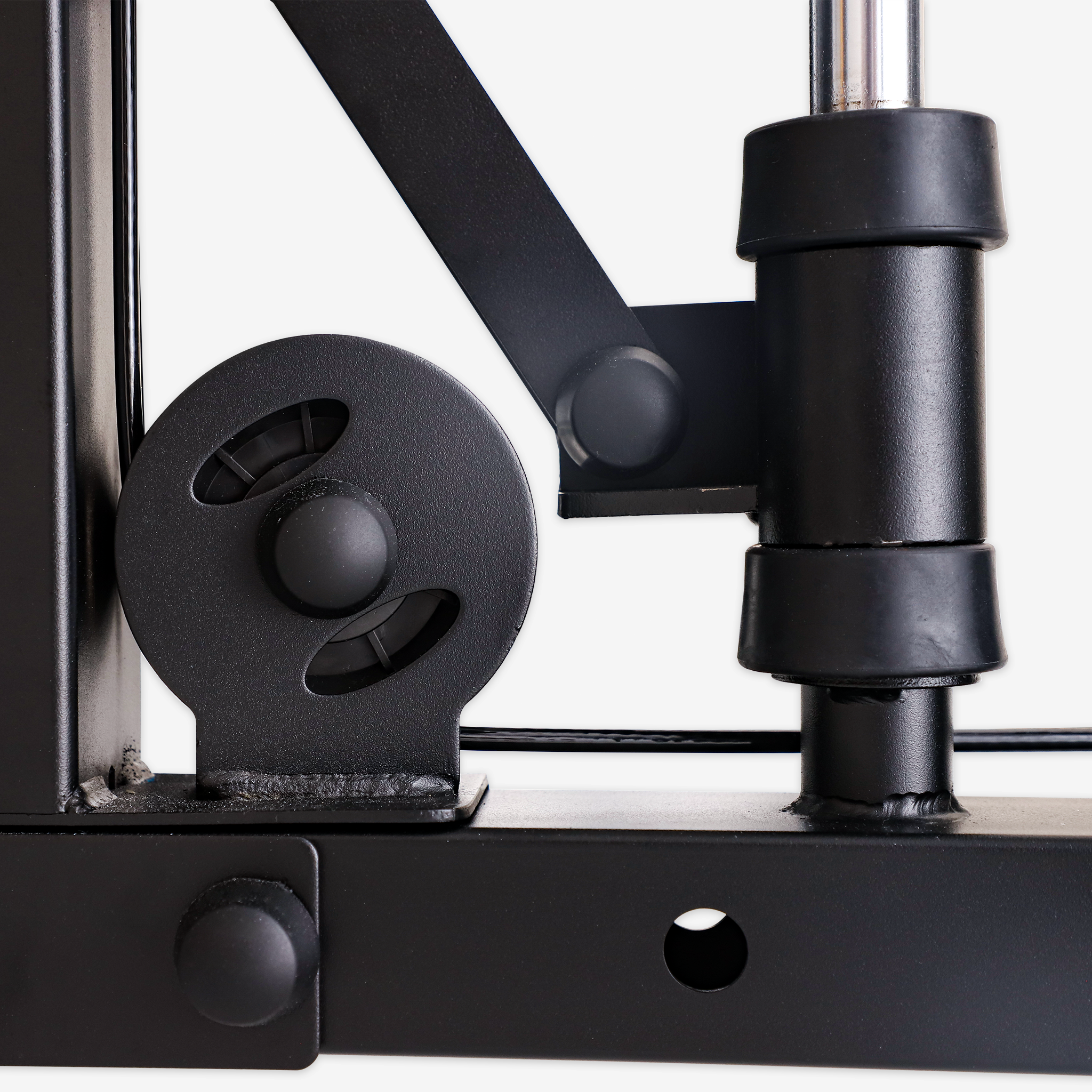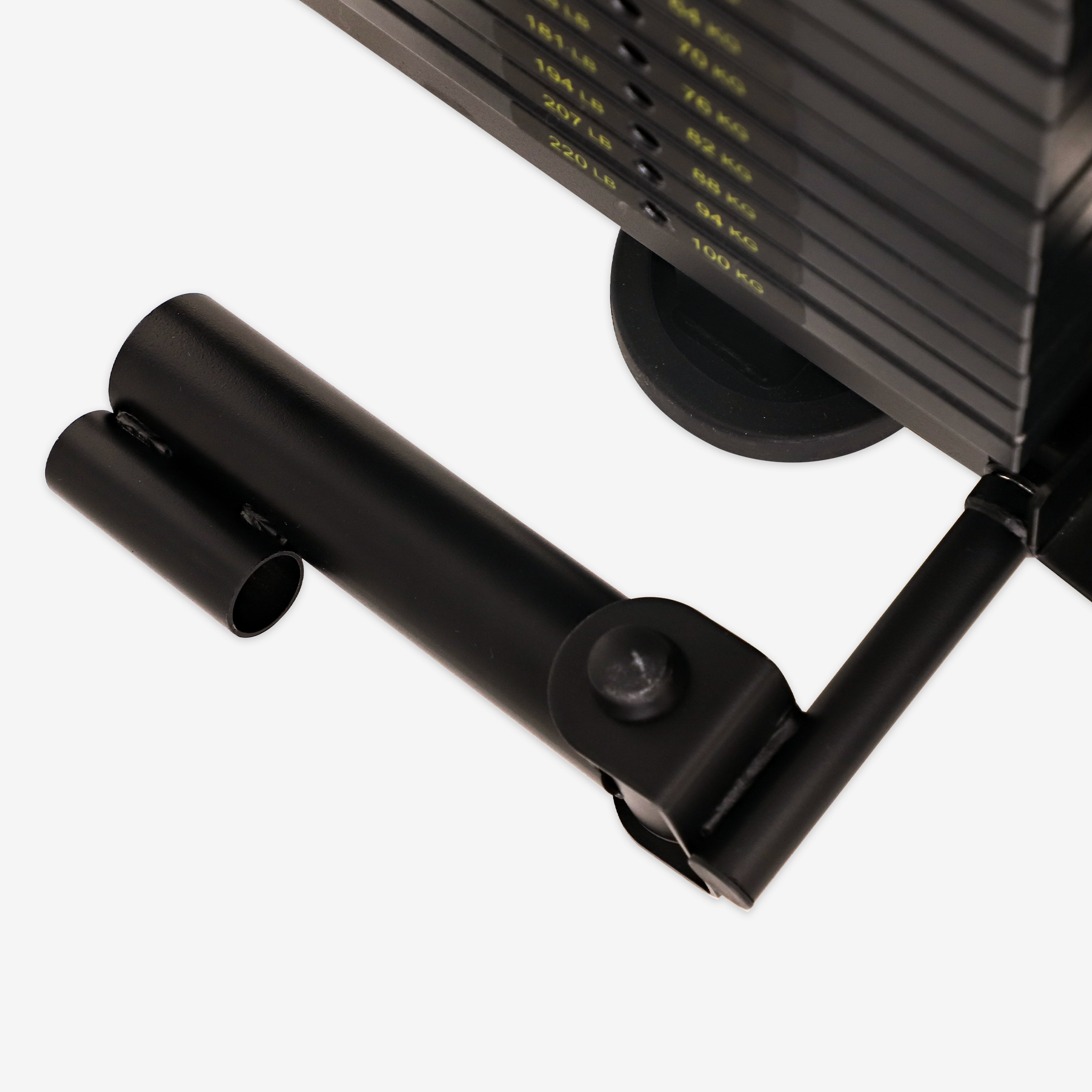In the wave of modern technological advancements, integrated Smith machines, with their diversity of functions and technologies, are leading the manufacturing industry into a new era. These machines are more than just basic automation tools; they embody humanity's pursuit of efficiency, precision, and sustainability, leaving a profound impact across various sectors.
Integration of Technology for Enhanced Efficiency
The distinguishing feature of Smith's integrated machines lies in their amalgamation of diverse processes and functionalities into a unified whole, facilitated by sophisticated software and hardware systems that enable highly automated production workflows. Within the manufacturing sector, these machines concurrently undertake machining, inspection, assembly, and packaging tasks, significantly reducing production cycles while enhancing product quality. Tasks traditionally requiring multiple stages and human intervention can now be consolidated into a single device, thereby reducing labor and production costs while boosting manufacturing efficiency.
Data-Driven Decision Making and Intelligent Optimization
With the advancement of Internet of Things (IoT) and big data technologies, integrated Smith machines can dynamically gather and analyze production data in real-time, enabling immediate decision-making and adjustments based on this data. This data-driven intelligent optimization not only predicts and prevents failures during the production process but also enhances production workflows to achieve optimal manufacturing capability. For instance, utilizing machine learning algorithms, these systems forecast demand trends from historical data, adapt production schedules, and achieve just-in-time manufacturing, thereby minimizing inventory, conserving resources, and reducing costs.
Sustainable Development and Environmental Benefits
Against the backdrop of increasingly severe global environmental challenges, the proliferation of integrated Smith machines holds profound significance for sustainable development. These machines facilitate substantial reductions in carbon emissions and environmental impact throughout production processes, achieved through precise resource utilization and waste reduction. For instance, meticulous material management and energy consumption control not only mitigate energy wastage but also effectively curtail pollutant emissions, thereby enabling enterprises to realize environmental benefits.
Challenges and Prospects for the Future
While integrated Smith machines bring numerous benefits, their widespread adoption and application still face several challenges. For instance, high costs, complexities in technical integration, and the need to enhance operators' skills are issues that need to be addressed. Nevertheless, with ongoing technological advancements and gradual cost reductions, the prospects for integrated Smith machines remain promising, particularly in markets where highly customized and flexible production demands are increasingly prevalent.
Conclusion
Integrated Smith machines not only symbolize technological advancement but also serve as a crucial driving force for the transformation and upgrading of the manufacturing industry. Their proliferation will further propel the digitization and intelligence of industrial production, injecting fresh vitality and impetus into global economic sustainability. With the evolution of technology and the expanding scope of applications, we have reason to believe that integrated Smith machines will increasingly play a pivotal role in ushering in the next wave of productivity revolution.

